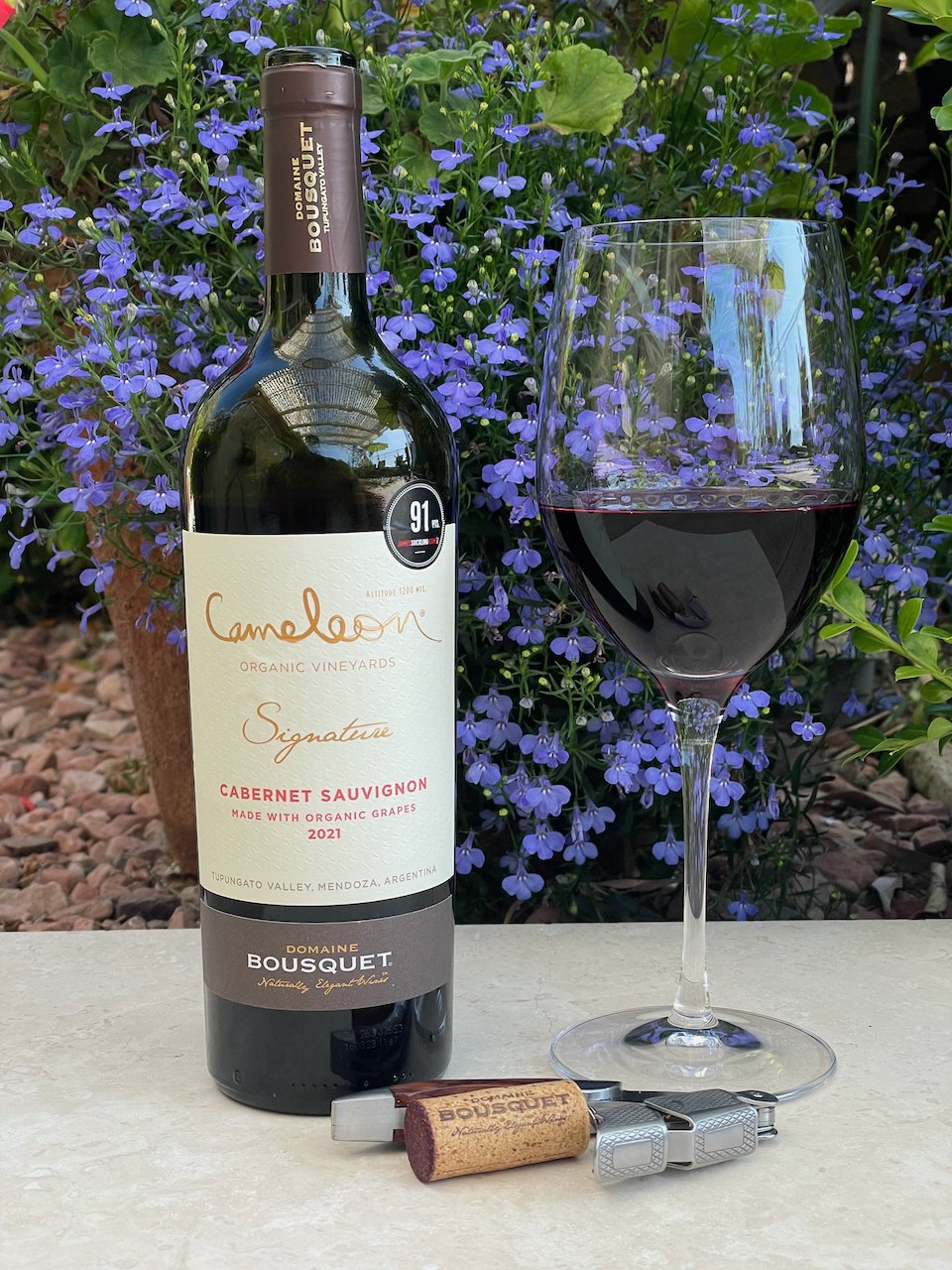Danaus Red Blend ($13)
Danaus originates from the Costers del Segre DO in the Lleida province of Catalunya in northeast Spain.
It gets its name, Danaus Plexippus (i.e., “sleepy transformation” in ancient Greek), from the scientific name for the monarch butterfly named for the monarch King William III of England.
It is produced from organic grapes: 45% Tempranillo, 45% Garnacha Tinta (Grenache) and 10% Cabernet Sauvignon.
It underwent cold maceration before being fermented for 15 days. It was then aged for 4 months in 300 liter French oak barrels.
Danaus red wine is medium purple in color with aromas of red fruit (cherry, plum, berry) along with floral notes and sweet tobacco leaf. On the palate, this medium-full bodied wine has bright red fruit flavors of cherry and cranberry while the Cabernet Sauvignon adds some extra depth and character. Its tannins are medium as is its acidity. It finishes lean with fresh fruit flavors. [ABV: 14%]
Danaus red wine is widely available (Distributed in AR, AZ, CA, CT, DC, DE, FL, KS, LA, MD, ME, MI, NJ, NY, OR, VT, WA) and at this very affordable price, a great fit as this week’s Behind the Cork™ Wine of the Week. Cheers!
Disclosure of Wine Sample Submission: I received this sample at no cost for review. The opinions expressed are entirely my own.
Media Sample Provided by Domaine Bousquet






